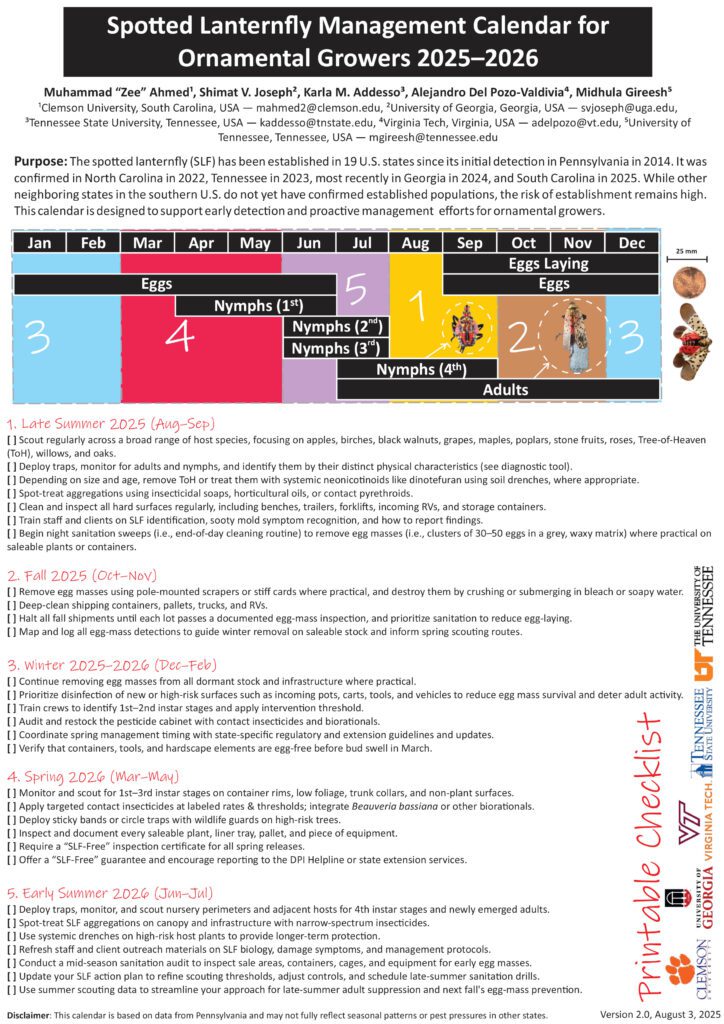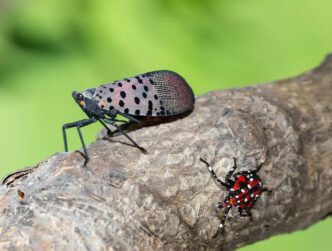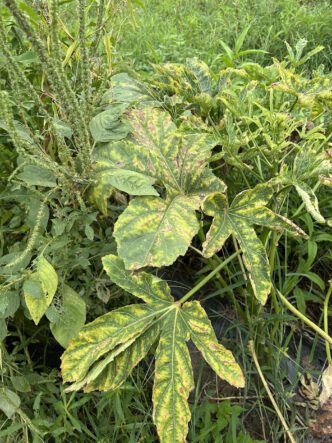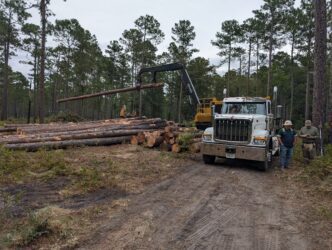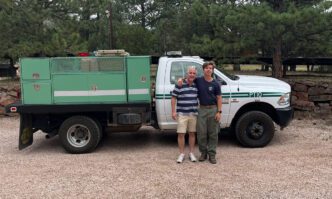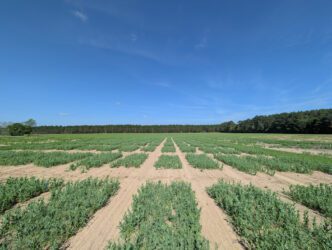Report SLF sightings to Clemson University Regulatory Services
Now that the invasive spotted lanternfly (SLF) has been detected in South Carolina, Clemson University is offering a tool to help ornamental growers detect and manage this pest early.
The seasonal spotted lanternfly management calendar was developed by a team of entomologists from leading Southeastern U.S. universities.
This initiative is led by Zee Ahmed stationed at the Clemson University Pee Dee Research and Education Center, in collaboration with Shimat Joseph of the University of Georgia, Midhula Gireesh of the University of Tennessee, Karla Addesso of Tennessee State University and Alejandro Del Pozo-Valdivia of Virginia Tech.
“This calendar is a proactive tool designed to guide growers through the seasonal stages of SLF activity,” Ahmed said. “By aligning management strategies with the pest’s life cycle, we can improve early detection and reduce the impact on ornamental crops.”
The calendar outlines key monitoring and control actions, offering practical, science-based recommendations tailored to the southeastern climate and growing conditions. It emphasizes early identification, targeted pesticide applications and cultural practices to limit SLF spread.
The spotted lanternfly was spotted on July 10th, 2025. This insect poses a significant threat to agriculture and horticulture, feeding on a variety of plants including grapes, fruit trees and ornamentals. Its presence can lead to reduced crop yields, plant stress and economic losses for growers.
Anyone who believes they may have seen a spotted lanternfly is asked to report this to Clemson University Regulatory Services.
As with many invasive insects and plant diseases, this species arrived in the U.S. from overseas. It continues to spread throughout the country by hitching rides on vehicles, shipping containers, pallets and other materials.
“We’re urging ornamental growers, landscapers and forestry professionals to inspect incoming vehicles, equipment, and cargo—especially those moving between nurseries, planting sites, or forested areas—to help prevent further introduction and protect both cultivated and natural ecosystems,” said Dave Coyle, Clemon Extension forestry specialist and associate professor of forest health and invasive species.
An identification tool and field guide are available on the Pee Dee REC Turf and Ornamental Entomology Lab website. More information about the spotted lanternfly is available from the Clemson Home and Garden Information Center Spotted Lanternfly factsheet and Grower Talks magazine.
-END-
